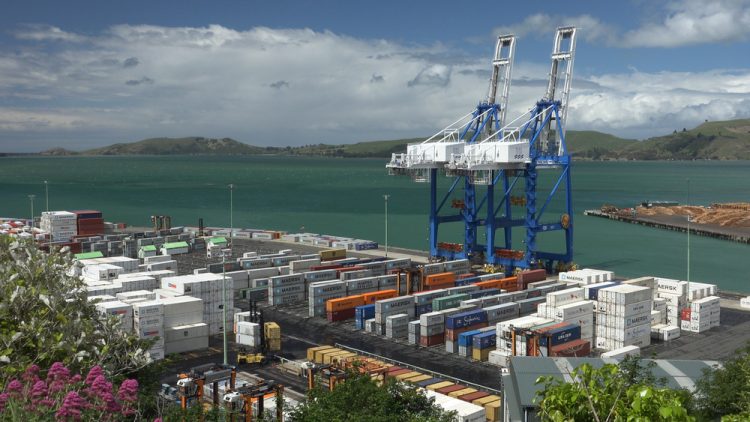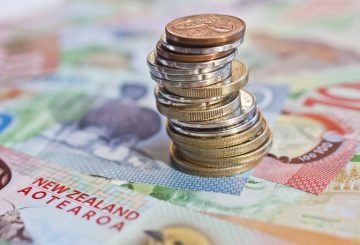Đồng đô la New Zealand giảm có thể mang lại nhiều chi phí hơn lợi ích cho nền kinh tế.
Đồng tiền này đã giảm hơn 8 phần trăm trong ba tháng qua so với đồng đô la Mỹ và đã ổn định khoảng mức thấp nhất trong 15 tháng ở mức 65.3 cent Mỹ.
Biện pháp tiền tệ ưa thích của Ngân hàng Dự trữ, chỉ số trọng số thương mại – một giỏ tiền tệ của 17 đối tác thương mại lớn của chúng tôi – là khoảng mức thấp nhất trong 18 tháng.
Trong khi đó củng cố thu nhập cho các nhà xuất khẩu, nó đẩy giá lên cho các doanh nghiệp và người tiêu dùng đối với hàng hóa nhập khẩu, và tăng chi phí phục vụ nợ.
Chiến lược gia thị trường cao cấp của BNZ Jason Wong cho biết kiwi là khán giả cho các lực lượng toàn cầu lớn hơn, mặc dù lãi suất tăng từ Ngân hàng Dự trữ sẽ hỗ trợ một loại tiền tệ mạnh hơn, cũng như giá sữa mạnh.
“Điều đang xảy ra là kỳ vọng của Fed tăng lãi suất của Mỹ là một lực lượng thống trị hơn nhiều đối với đồng đô la New Zealand, vì vậy những gì Ngân hàng Dự trữ của chúng tôi đã làm thực sự khá không liên quan đến con đường của đồng đô la New Zealand.”
Ngay cả việc tăng lãi suất cũng không có khả năng thúc đẩy kiwi, vì Cục Dự trữ Liên bang Hoa Kỳ và các ngân hàng trung ương khác đã được thiết lập để làm điều tương tự.
Wong cho biết sẽ cần phải có một triển vọng kinh tế toàn cầu sáng hơn nhiều để thấy một phong trào đáng kể trong kiwi.
“Thời gian để kiwi tỏa sáng là năm ngoái khi tăng trưởng toàn cầu đang tăng, giá hàng hóa đang tăng, Ngân hàng dự trữ của chúng tôi đã đi trước đường cong và tăng lãi suất,” ông nói.
“Phép lạ có thể xảy ra và kiwi có thể nâng lên, nhưng tôi nghĩ rằng chìa khóa thực sự sẽ yêu cầu tâm lý đồng đô la Mỹ đảo ngược.”
Trong khi lạm phát là một tiêu cực đối với nền kinh tế, đồng đô la New Zealand yếu là một tích cực đối với các nhà xuất khẩu.
“Các nhà xuất khẩu phải kiếm được rất nhiều tiền vào lúc này. Chúng tôi có sự kết hợp của giá hàng hóa rất cao, giá cả sữa và giá thịt, giá kiwi, tất cả đều rất cao ở mức giá thế giới.
“Sự kết hợp đó là khá tốt cho thu nhập xuất khẩu.”
Tuy nhiên, ông cho biết đồng tiền yếu không tích cực đối với các nhà nhập khẩu và sẽ dẫn đến giá tiêu dùng cao hơn.
“Vì vậy, ròng ròng, một đồng đô la New Zealand suy yếu thực sự không phải là một dấu hiệu rất tốt cho nền kinh tế New Zealand.”






























































